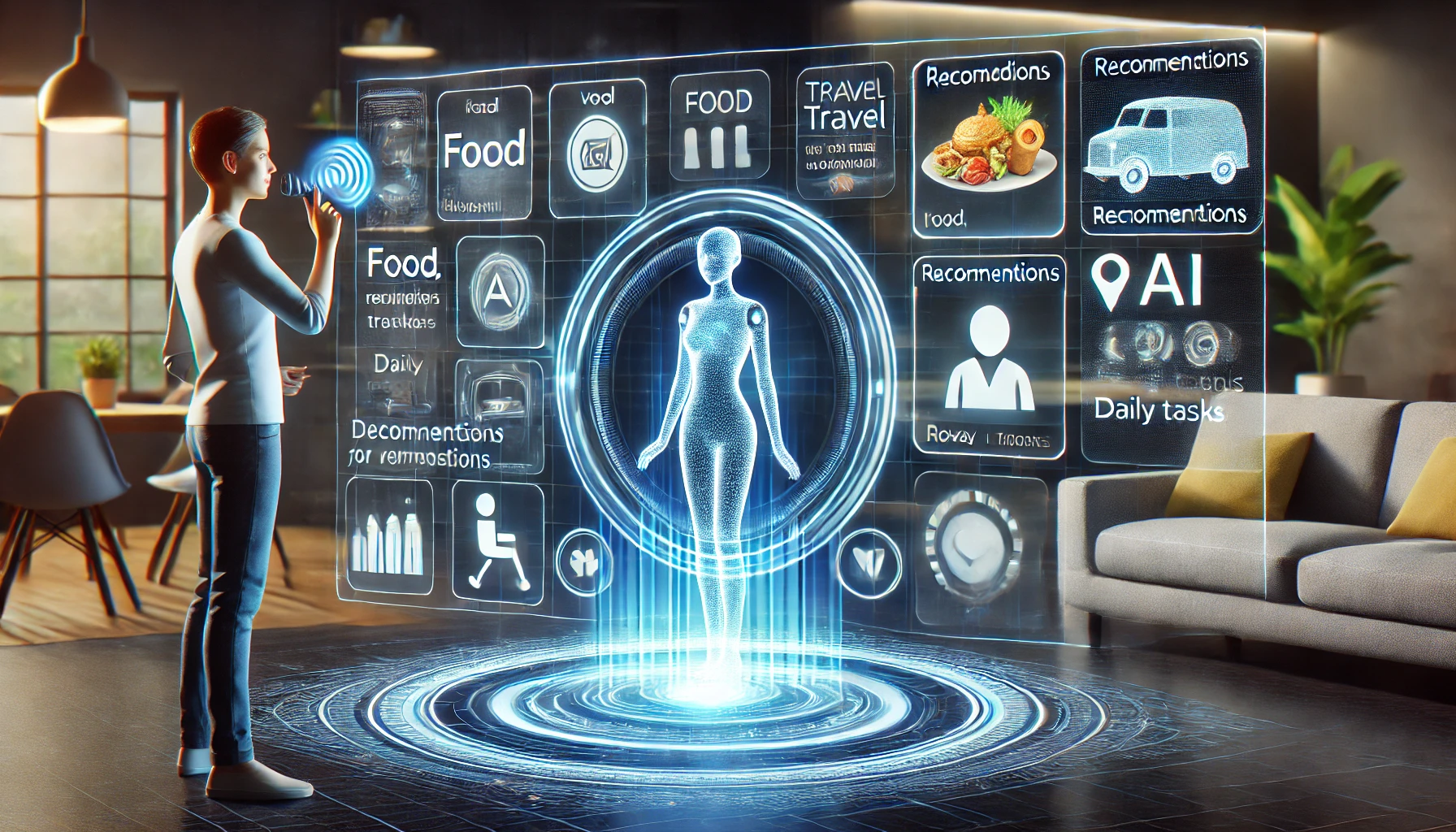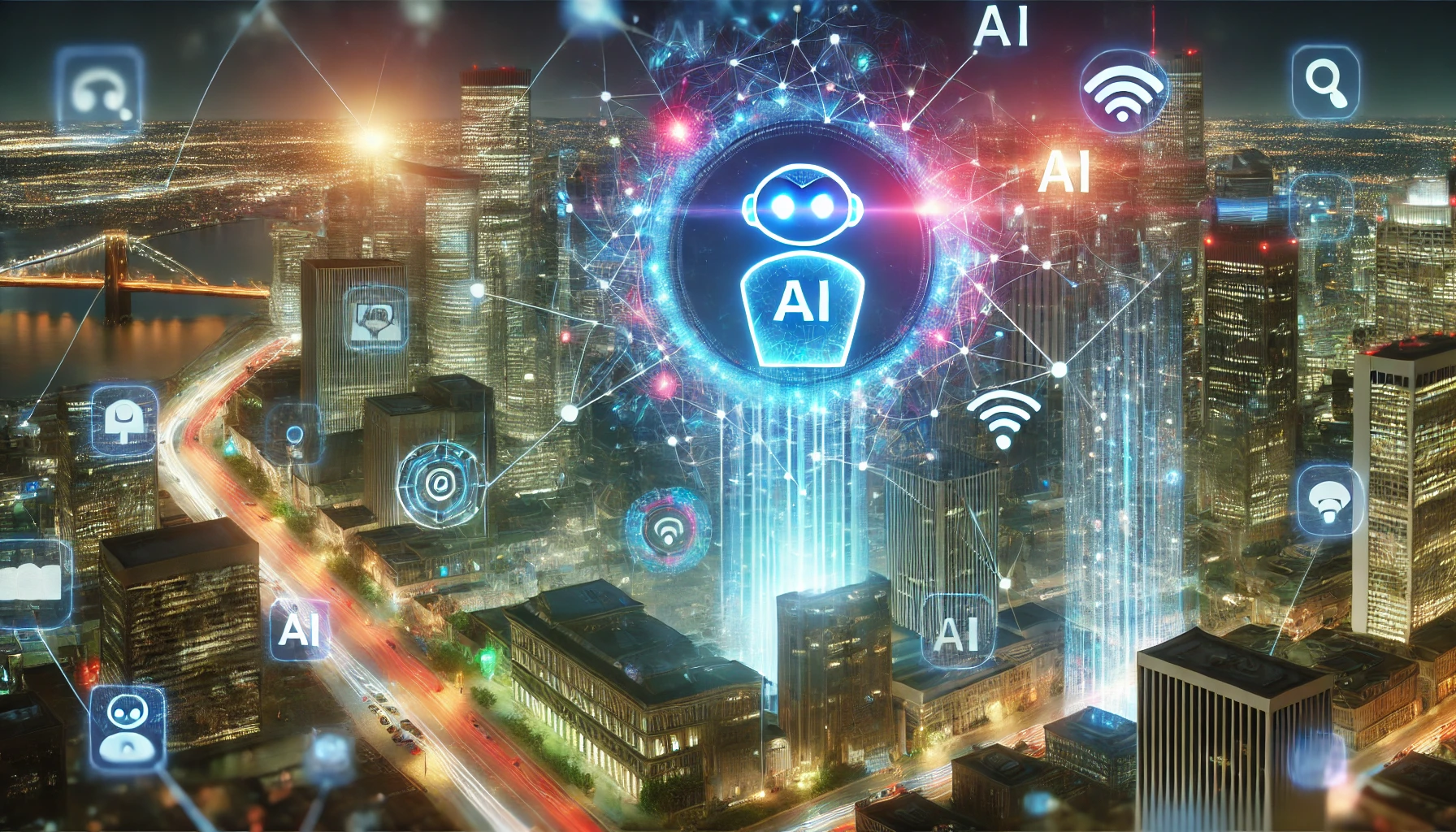The Future of AI and User Interfaces: Are Traditional UIs Becoming Obsolete?
The Future of AI and User Interfaces: Are Traditional UIs Becoming Obsolete?
The Evolution of User Interfaces

User interfaces (UIs) have always been the primary medium through which we interact with digital systems—whether it’s websites, apps, or software tools. Businesses invest millions to create intuitive, aesthetically pleasing, and customer-friendly designs. Thousands of UI/UX designers and frontend developers work tirelessly to enhance usability, ensuring that every button, color scheme, and layout choice contributes to a seamless experience.
However, the rapid advancement of AI is changing how we interact with technology. AI-powered agents like ChatGPT, Gemini, Grok, and Alexa are increasingly becoming the front-end layer of digital interaction. Instead of navigating complex UIs, users simply issue commands or engage in conversations with these intelligent agents.
The Rise of AI-Powered Personal Agents
In the near future, AI agents will become deeply personalized and widely accessible. Instead of relying on generic apps and websites, each person may have their own AI assistant, hosted on a personal device or private cloud. This shift will fundamentally alter how we complete everyday tasks.
Example: AI for Food Ordering
Imagine waking up in the morning and craving a healthy but quick breakfast. Today, you would:
- Open a food delivery app
- Search for nearby restaurants
- Filter options by “healthy food”
- Compare prices and discounts
With AI, this process changes completely. You simply tell your AI agent:
“Find me the best healthy breakfast option that delivers quickly.”
Within seconds, the AI compares multiple apps through APIs without accessing the interfaces, evaluates options based on your preferences, and presents a curated list—all without requiring you to browse through multiple menus.
Example: AI for Travel Planning
Currently, booking a vacation involves talking to multiple travel agencies, comparing itineraries, and negotiating prices. With AI agents, the process is automated:
- Your personal AI negotiates with travel providers' AI agents
- It gathers the best deals based on your budget and preferences
- You receive a finalized itinerary without manual effort
This level of automation saves time, reduces repetitive tasks, and allows humans to focus on actual experiences rather than logistics.
The Impact on Businesses and UI Design

For businesses, the emergence of AI-driven interactions means a shift from building flashy user interfaces to developing robust API endpoints. Instead of designing an app with hundreds of screens, companies will focus on creating intelligent systems that AI agents can communicate with directly.
Key Business Changes:
- Less emphasis on traditional UI design: No more debating button placements or color themes.
- Focus on API-first development: Businesses will provide structured data endpoints for AI interaction.
- Seamless AI-to-AI communication: Transactions will happen through AI agents rather than user-driven navigation.
Will Traditional User Interfaces Disappear?
The big question: If AI handles interactions, do user interfaces still matter?
Consider past transitions:
- 20 years ago: Humans interacted with humans (e.g., calling a travel agent to book flights).
- Today: Humans interact with computers (e.g., using apps and websites to book flights themselves).
- Future (10 years from now): Computers will interact with computers (e.g., your AI agent will negotiate flight prices on your behalf).
Just as the internet replaced many human-mediated interactions, AI will replace direct user interfaces for many tasks. While UI design won’t disappear entirely, its role will diminish in favor of seamless, conversational, and automated experiences.
Will People Be Ready for This Change?
With such a fundamental shift in how we interact with technology, a key question arises: Will people be ready for this change? Many users may feel uncomfortable relinquishing control to AI, preferring the familiarity of traditional UIs. Businesses and developers will need to focus on building trust in AI systems, ensuring transparency, and educating users on the benefits of AI-driven interactions.
Final Thoughts
As AI continues to evolve, the way we interact with technology will shift from screens and buttons to intelligent agents that anticipate our needs. Businesses that embrace this change by focusing on AI-driven solutions will stay ahead of the curve, while those clinging to traditional UI paradigms may struggle to keep up.
The future of UI isn’t about colors and buttons—it’s about intelligence and automation. Are you ready for the change?
